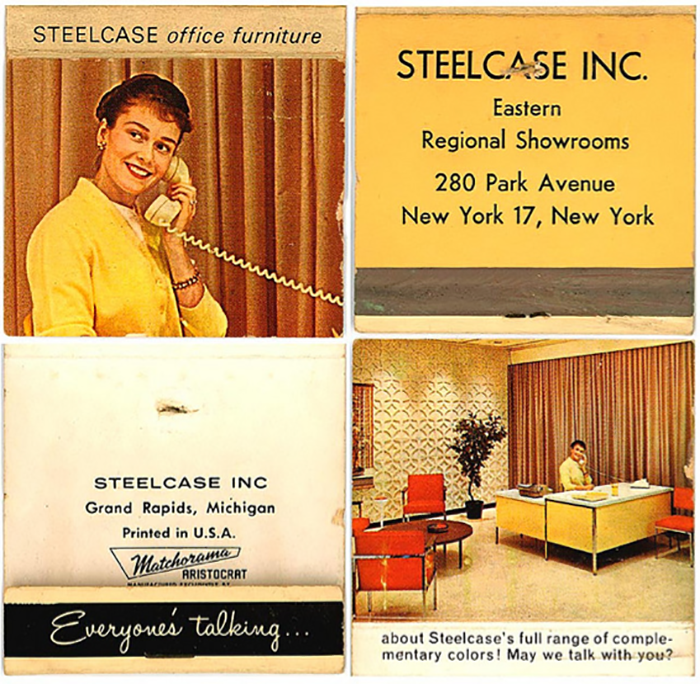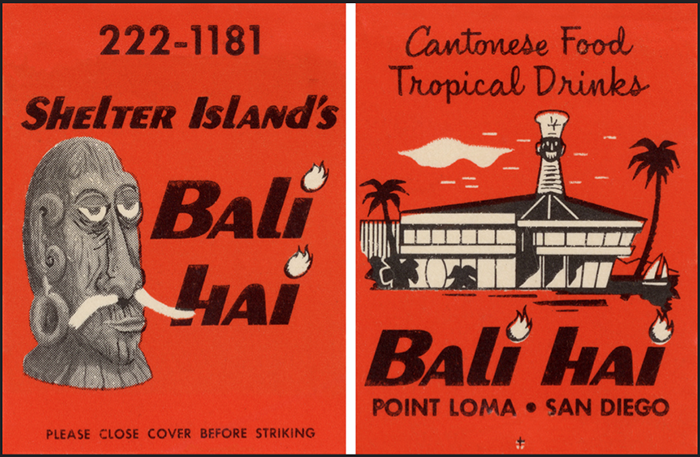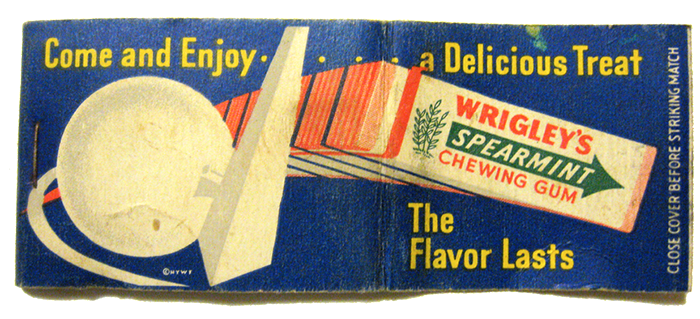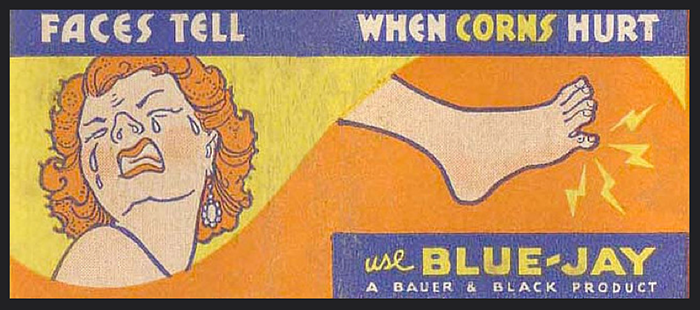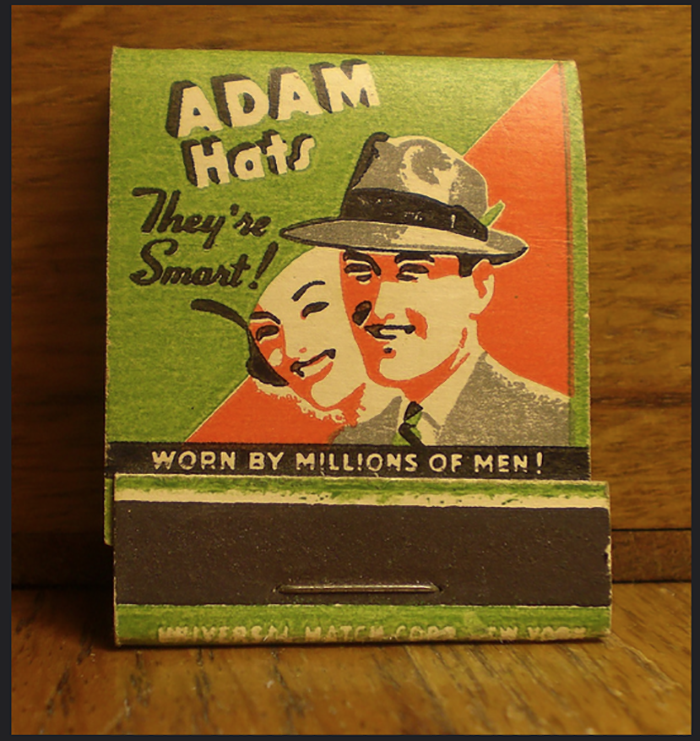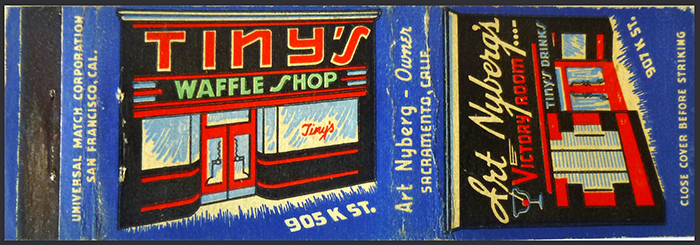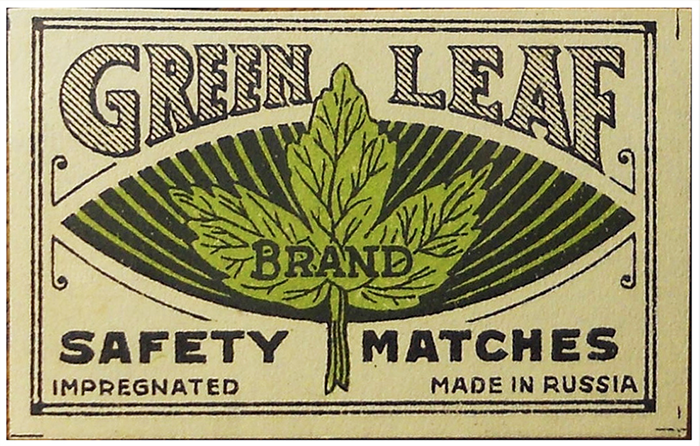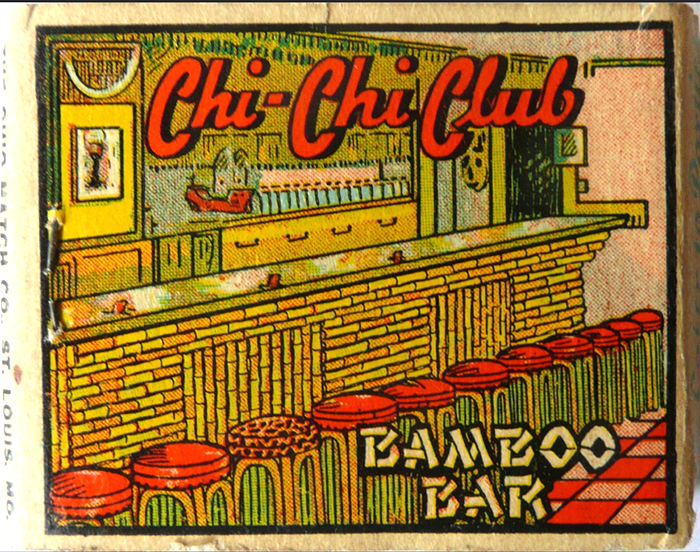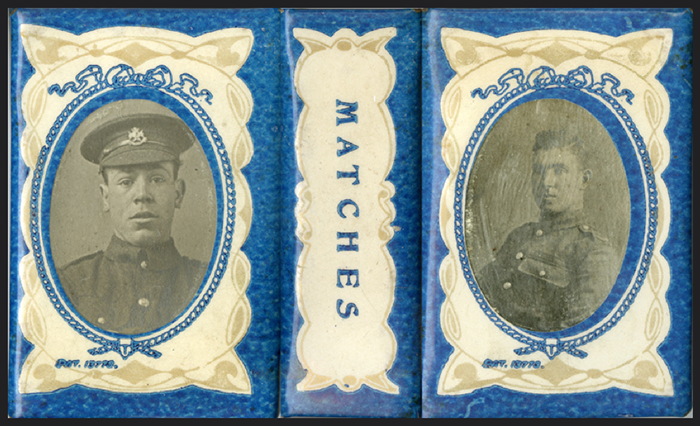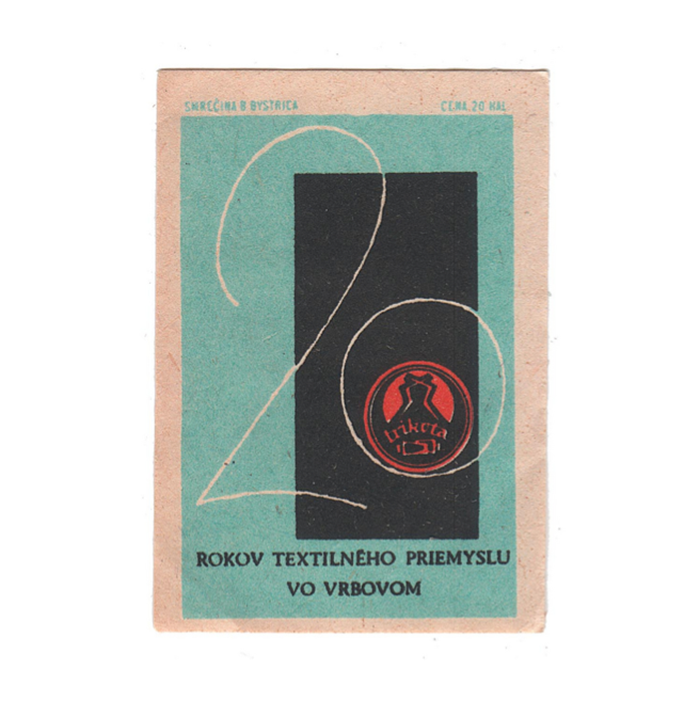The first matchbooks were patented in 1892 and the first advertising via matchbook was reportedly just two years later when Diamond Match Company printed 10 million matchbooks bearing an advetisement for Pabst beer. Often designed by local graphic artists, matchbooks were a key means of advertising for restaurants, motels, night clubs, and tourist destinations.
These matchbooks, c. 1940s–’60s, offer an unvarnished look at advertising of the day. After all, so many adults smoked during that time, who would pass up a free book of matches? I can even remember my father grabbing several packs and sticking them in his coat pocket.
These matchbooks, c. 1940s–’60s, offer an unvarnished look at advertising of the day. After all, so many adults smoked during that time, who would pass up a free book of matches? I can even remember my father grabbing several packs and sticking them in his coat pocket.
Matchbook collectors are known as phillumenists. Some collect based on matchbook manufacturer, others on category (restaurants or beverages, for example, or those associated with a World’s Fair). Some of the earliest manufactured collectible matchbooks were made for Wrigley’s gum, featuring designs by Otis G. Shepherd. While some matchbook covers used expensive printing techniques, even printing on the matches themselves to create a panoramic picture when the matchbook was opened—most of these covers are of the harder-working variety. In any event, they are good examples of a particular vibrant moment and in both local and national advertising.
